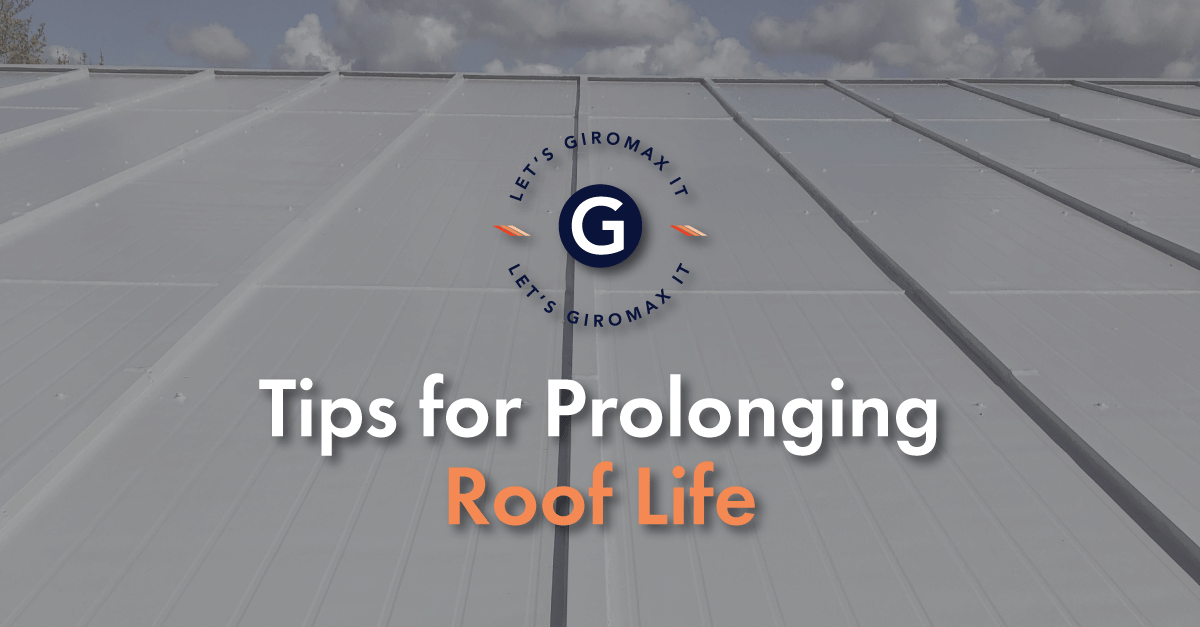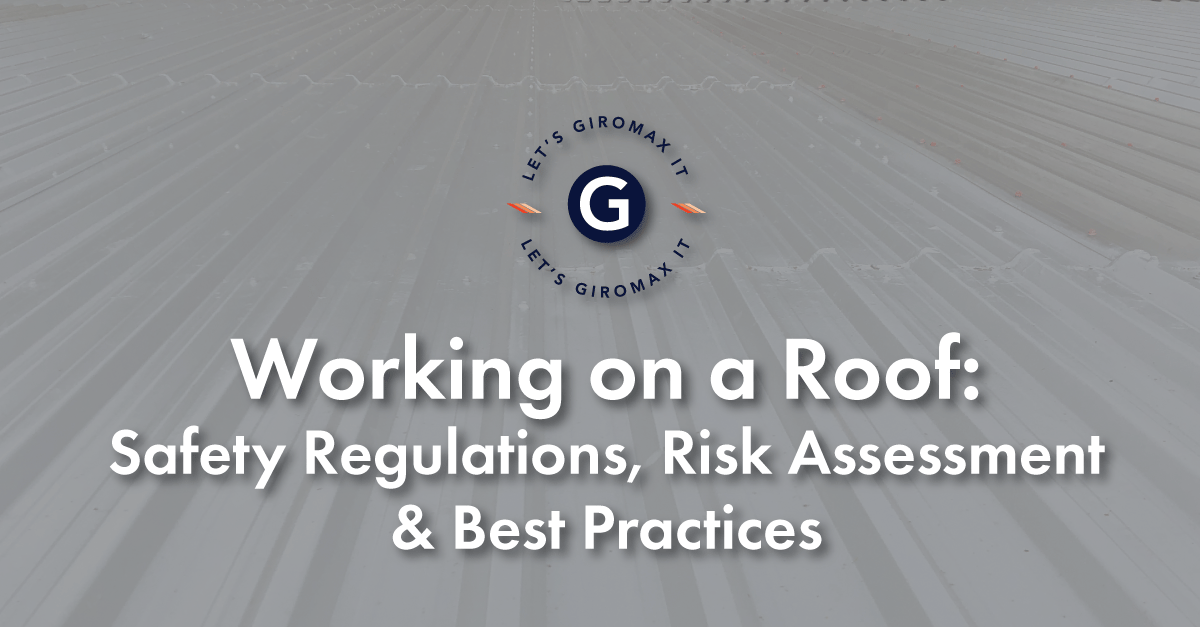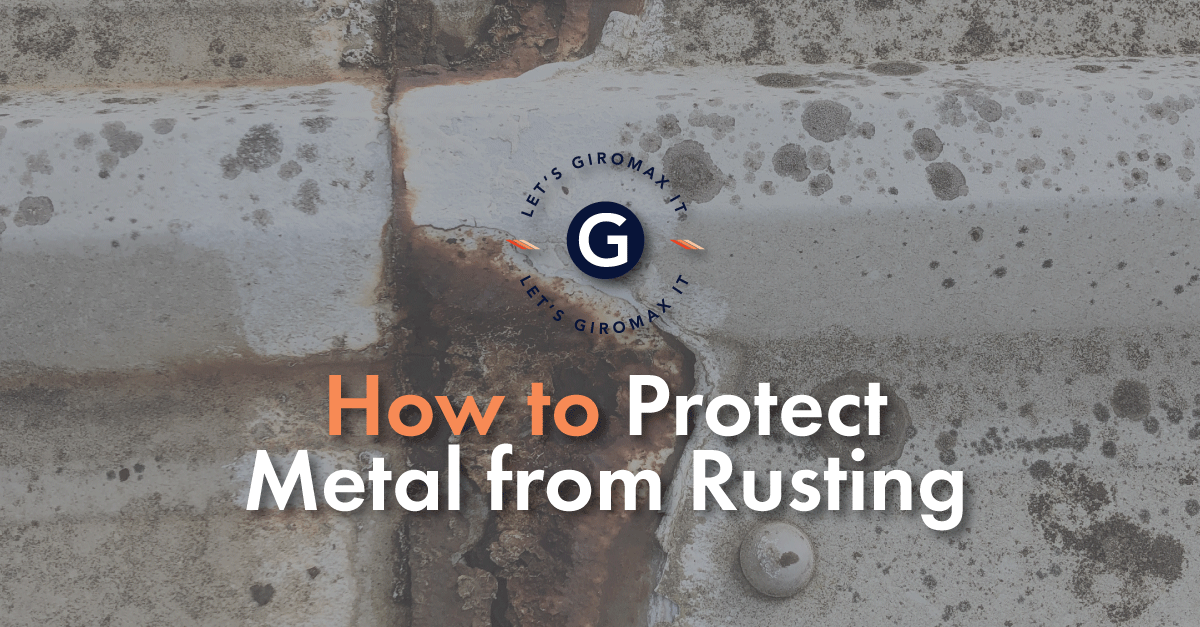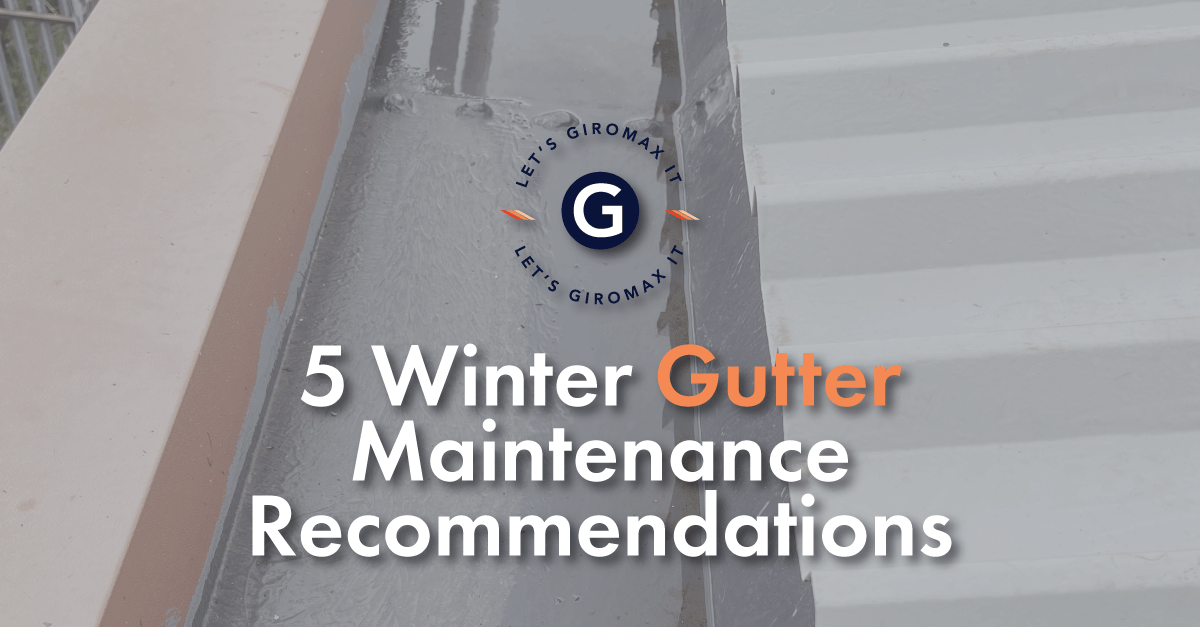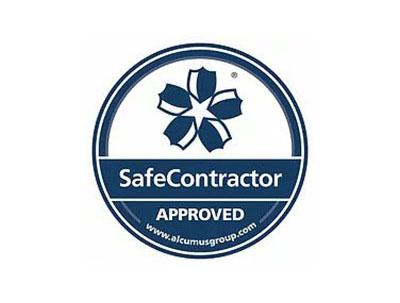Pitched Roof Maintenance: Tips for Prolonging Roof Life
Regular pitched roof maintenance cuts repair costs. We share key maintenance tasks, seasonal inspection tips and preventative treatments.
By carrying out regular pitched roof maintenance, you can prevent costly repairs and ensure the structural integrity of your roof. Pitched roofs are designed to withstand harsh weather conditions, and general wear and tear. However, they can be subject to materials degradation, depending on the substrate. In this article, we share guidance for prolonging the life of a pitched roof, including seasonal inspection tips and preventative treatments.
Key Maintenance Tasks for Pitched Roofs
Below is a list of core maintenance activities to help protect the condition of a pitched roof:
- Cleaning Debris: Remove any leaves, moss, and dirt from the roof using hand tools or low-pressure water jets. Always follow the Health and Safety Executive (HSE) guidance when cleaning weather asbestos cement roof tiles. When working at height, use specific equipment like CAT ladders or scaffolding for high buildings. When debris and plant matter are left to build up, this can cause water pooling and weight accumulation, which places additional pressure to the roof.
- Checking for Structural Damage: Look for cracked or missing tiles. If you have an asbestos cement roof, follow the HSE guidance to repairing damaged asbestos cement tiles. Also check for damaged flashing, and signs of sagging to ensure the integrity of the roof hasn’t been compromised. Metal pitched roofs on commercial buildings can be subject to corrosion, so it’s important to check for any rust damage.
- Gutter and Drainage Maintenance: Check and clean the guttering to ensure full drainage around the roofline and to downpipes. Remove any debris, such as twigs, branches and plant matter to prevent blockages and water pooling. This can lead to extra weight load and weakening of the guttering system.
Seasonal Inspection Tips
At a time when climate conditions are highly variable, carrying out inspection tasks that are specific to each season is crucial. We have listed the three main times of the year when inspections should be conducted in relation to a pitched roof.
- Winter Checks: After a winter storm or periods of bad weather, it’s important to inspect the roof for ice damage, snow weight, and wind resistance. These extreme weather conditions can take their toll on even the toughest roof substrate. Damage to pitched metal roofs can result in the prefabricated roof sheet coating becoming scratched, exposing the steel core of the roof sheet. Over time, this can oxidise and create rust patches, potentially undermining the structural integrity of the entire roof.
- Spring Cleaning: During springtime, it is recommended to inspect for any winter-related damage. Remove any fallen debris that may have been thrown across the roof and into the guttering, especially after a period of windy conditions. Also, check for moss growth, as organic matter can take root and place pressure on the substrate. It’s essential that older buildings with asbestos cement pitched roofs are gently cleared of any micro roots. When moss and lichen grows in between cement roof tiles it can freeze and expand, causing the adjacent roof tiles to crack. Asbestos cement needs a professional approach to ensure hazardous fibres aren’t released.
- Autumn Preparation: At this time of year, it’s essential to clear gutters and test drainage to prepare for heavier rainfall over autumntime. Any debris or plant matter left in your gutters could continue to accumulate or grow, leading to potential blockages and overflowing guttering systems. When left unchecked, these problems can turn into expensive guttering or roof replacements later down the line.
Preventative Treatments for Prolonging Roof Life
Below is a list of preventative treatments that will help to protect the roof surface and substrate, as well as reducing wear and tear:
- Moss and Algae Treatments: There are a variety of safe treatments available to reduce biological growth on the roof. Known as biocides or fungicides, some formulas are made using organic ingredients. However, many fungicidal products can be harmful to the environment if applied in wet conditions, so always check the application guidance. Low-pressure power jets are usually only recommended for roofs on commercial buildings, as they can disturb roof tiles on residential dwellings.
- UV and Waterproofing Solutions: For areas exposed to prolonged sunlight over long periods of time, UV rays can affect the integrity of the existing roof coating. Similarly, heavy rainfall can also lead to weathering and surface deterioration. Therefore, a protective coating is required that provides water and UV resistance, but also allowing the substrate to breathe. In the heat, materials can expand, so it’s also important to ensure the coating is both tough and has flexible properties.
- Protective Coatings: By using roof coatings that seal the surface and resist weathering, you can extend the lifespan of the roof. Giromax® roof coatings have been specially formulated to protect pitched roofs against extreme weather conditions, UV rays, and damage from storm debris. Giromax ® Roofcoat is a tough elastic coating, providing high resistance to dirt and impact. There’s a specific coating for metal profiled roof sheets and asbestos cement roof tiles. If you need to seal the cut edges of a metal profiled roof, use our cut-edge corrosion treatment, Giromax ® Edgecoat. If you are looking for a flexible gutter coating, use Giromax ® Guttercoat.
Conclusion
A proactive approach to your pitched roof maintenance will help you to prolong the life of your roof. By carrying out timely seasonal inspections and key maintenance tasks, you can reduce your repair costs and apply preventative measures to ensure structural integrity.
If your pitched roof needs a highly durable, weather-resistant coating, Giromax® has a range of market-leading roof coatings. Suitable for both metal and asbestos cement pitched roofs, our range includes one coat systems designed using innovative polymer hybrid formulas.
For more information about pitched roof maintenance and protective coatings, call 01455 558969 or email: sales.orders@giromax.co.uk
Sources:
https://www.hse.gov.uk/pubns/guidance/a12.pdf
https://www.hse.gov.uk/pubns/guidance/a13.pdf
Get updates from us
Sign up to our newsletter to receive all the latest news and insights from Giromax Technology.
Subscribe to NewsletterRelated articles
Working on a Roof: Safety Regulations, Risk Assessment & Best Practices
When working on a roof, understanding work at height regulations and conducting a risk assessment helps to ensure essential safety...
How to Protect Metal from Rusting
When considering how to protect metal from rust, there are treatments for roofs. We look at common methods to prevent...
5 Winter Gutter Maintenance Recommendations
Regular gutter inspections in winter and removal of debris, snow and ice ensures gutters stay clean. We share winter gutter...

